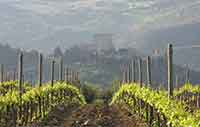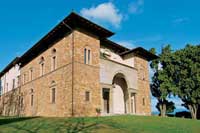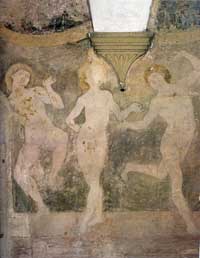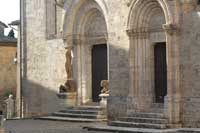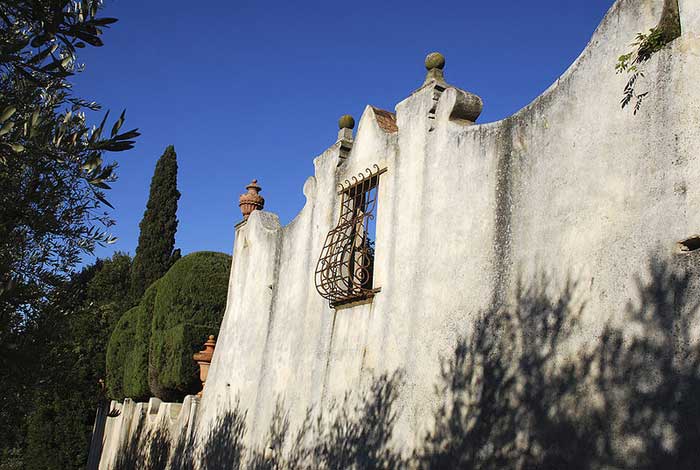 |
|
| |
Villa Capponi |
|
|
Villa Capponi |
The Villa Capponi garden, commented upon by Edith Wharton and Geoffrey Jellicoe, dates from the seventeenth century. It was extended by Lady Elizabeth Scott after 1882 and by Charles Pinsent after 1939.
|
|
||
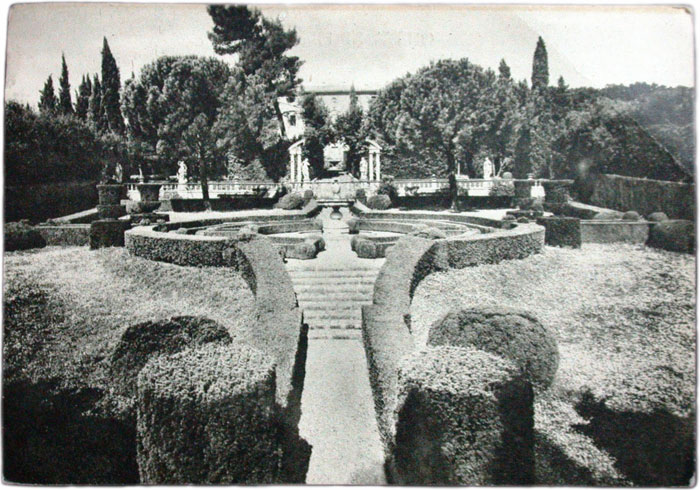 |
||
|
||
Map |
||
|
||||
| This article incorporates material from the Wikipedia article Villa Capponi (Firenze) and published under the GNU Free Documentation License. |
||||
|
||||
Podere Santa Pia |
Podere Santa Pia, garden |
Wine regions | ||
| Arcetri is a district of Florence, in the hills to the south of the city centre. A number of historic buildings are situated there, including the house of the famous scientist Galileo Galilei (called Villa il Gioiello), the Convent of San Matteo and the Torre del Gallo. The Osservatorio Astrofisico di Arcetri is also located here. The church of San Leonardo in Arcetri is the main church of the area. Galileo Galilei died here on January 8, 1642. |
||||
 |
||||
Landmarks in the Arcetri area, with the Italian names:
|
||||
* San Leonardo in Arcetri (Church of Saint Leonard) * San Matteo in Arcetri * Osservatorio Astrofisico di Arcetri (Astrophysical Observatory) * Pian dei Giullari (Square of Giullari) * Villa Capponi * Villa Il Giullarino * Villa di Volsanminiato * Torre del Gallo (Tower of the Cockerell) * Villa La Gallina * Villa Agape-Arrighetti * Villa Giramonte * Villa Giovannelli * Villa Nunes Vais * Villa Il Teatro * Villa Pian dei Giullari * Villa Masieri * Villa Il Gioiello * Villa Le Corti * Villa Pazzi * Villa Ravà * Villa Il Roseto * Fondazione Spadolini * Monteripaldi * San Michele a Monteripaldi * Santa Margherita a Montici (Church of Saint Margaret at Montici)
|
|
|||
Pienza |
Montalcino |
San Quirico d'Orcia |
||



